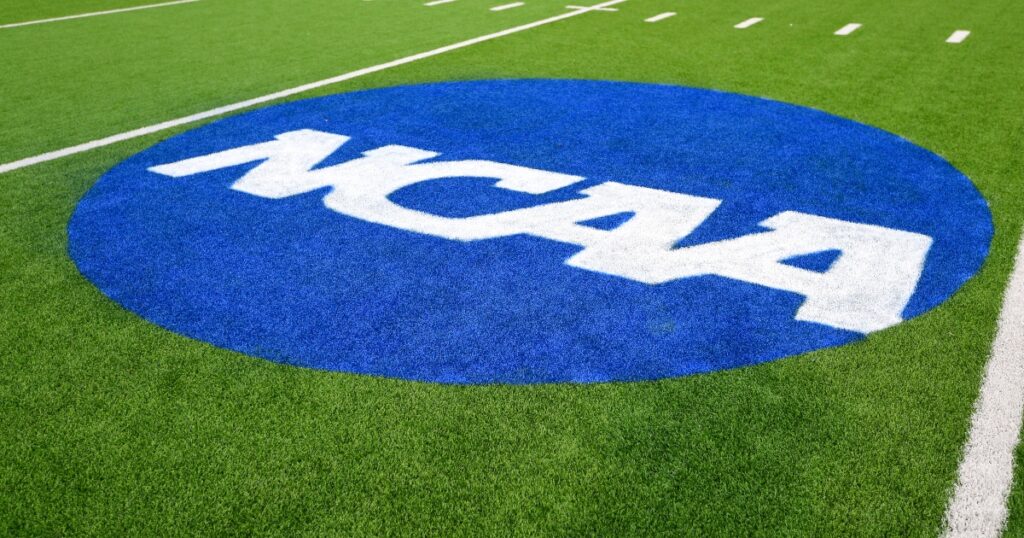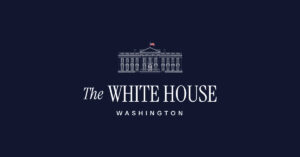
The NCAA Committee on Legislative Relief has announced a significant decision to issue a one-time waiver allowing Division I athletes, designated as “Designated Student-Athletes” (DSAs), to enter the NCAA transfer portal from July 7 through August 5. This decision provides a unique opportunity for these athletes to explore new opportunities without the constraints of previous roster limits.
The deadline for Football Bowl Subdivision (FBS) programs to assign athletes to the DSA list is set for Sunday, July 6. This move comes in the wake of the House v. NCAA settlement, approved last month, which introduced new roster limits across various sports.
Understanding the Designated Student-Athlete List
According to Yahoo! Sports insider Ross Dellenger, athletes qualify for the DSA list if they were or would have been removed from their school’s roster due to the new House-mandated roster limits. Eligibility extends to those who were part of the team during the 2024-25 season or were recruited with assurances of a 2025-26 roster spot.
Importantly, there is no cap on the number of athletes a school can designate as DSAs. Once on this list, these student-athletes can transfer without conditions and must be released from any contract prohibitions with their current institution.
“Once placed on a program’s Designated Student-Athlete list, those student-athletes are eligible to transfer this summer without conditions, and ‘must be released from their contract prohibition(s)’ with their current school.” — Ross Dellenger
The Impact of the House v. NCAA Settlement
The grandfathering of designated student-athletes was a pivotal factor in the approval of the House v. NCAA class-action settlement by California judge Claudia Wilken on June 6. This landmark decision initiated a new era of direct revenue-sharing between schools and student-athletes, beginning this week.
As part of the settlement, FBS athletic programs are now subject to strict roster limits: football (105), men’s and women’s basketball (15), baseball (34), men’s and women’s soccer (28), softball (25), and volleyball (18). These limits, however, do not apply to DSAs, ensuring they remain unaffected by the new regulations.
“The revisions to the Settlement Agreement ensure that class members who have or would have lost roster spots or promised roster spots as a result of the new roster limits will be in the same position as they would have been if roster limits were never implemented.” — Jeffrey Kessler, Plaintiffs’ Attorney
Legal and Institutional Reactions
Initially, Judge Wilken expressed concerns over the automatic implementation of roster limits, threatening to halt the settlement if grandfathering provisions were not included. After negotiations, NCAA and power conference attorneys, along with plaintiffs’ attorneys, agreed to phase in the roster limits, accommodating the grandfathering of DSAs.
Jeffrey Kessler, a leading plaintiffs’ attorney, emphasized that DSAs would be exempt from all roster limits throughout their careers. This includes current athletes who faced cuts and high school seniors promised future roster spots, which were later withdrawn.
Defendant attorneys maintained that individual schools retain the discretion to determine their rosters, a principle that remains unchanged despite the introduction of roster limits. The settlement revisions, they argue, offer greater protections for athletes than initially anticipated by the court.
Looking Forward
The NCAA’s decision to grant this waiver represents a significant shift in the landscape of college athletics, offering greater flexibility and opportunities for student-athletes. As the deadline approaches, schools are expected to finalize their DSA lists, setting the stage for potential transfers that could reshape team rosters ahead of the upcoming season.
This development not only highlights the evolving nature of collegiate sports governance but also underscores the ongoing efforts to balance institutional control with athlete rights. As the NCAA and its member schools navigate these changes, the implications for future athlete mobility and program competitiveness remain a focal point of discussion.
With the transfer window opening soon, athletes and schools alike will be closely monitoring the impact of this waiver, which could set a precedent for future policy adjustments in college sports.







